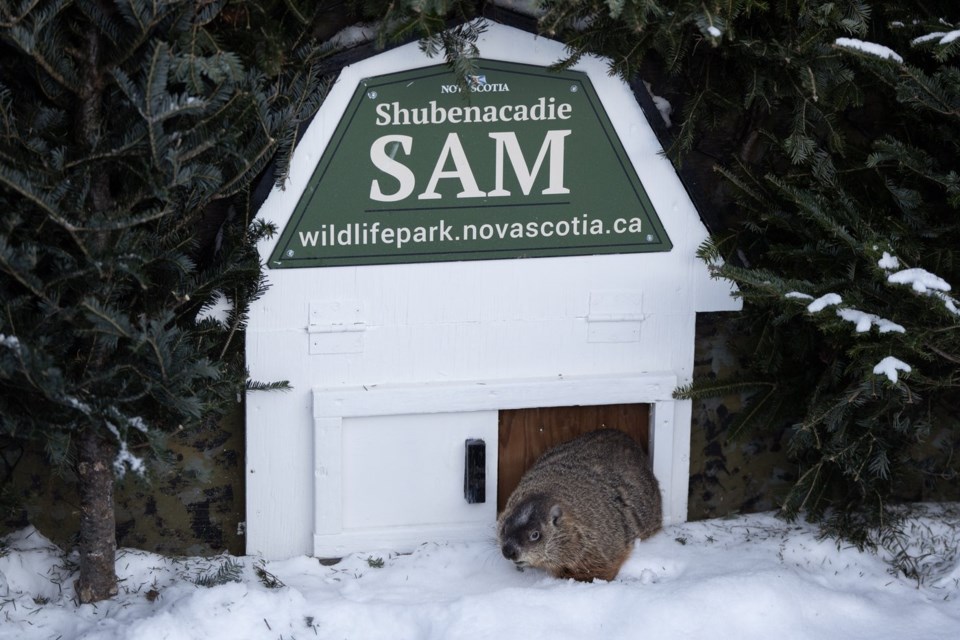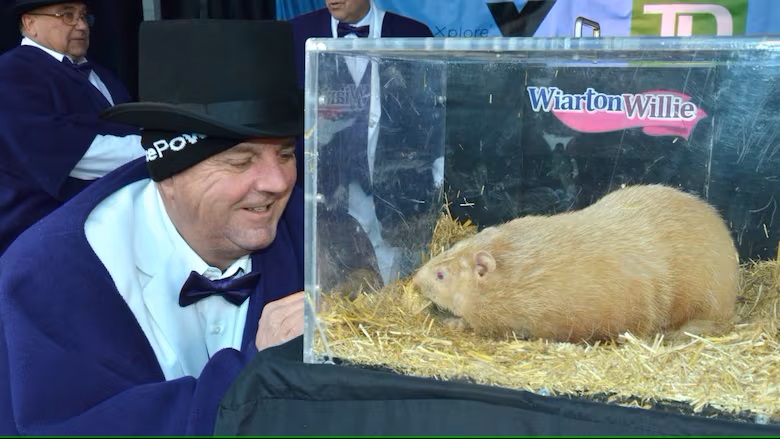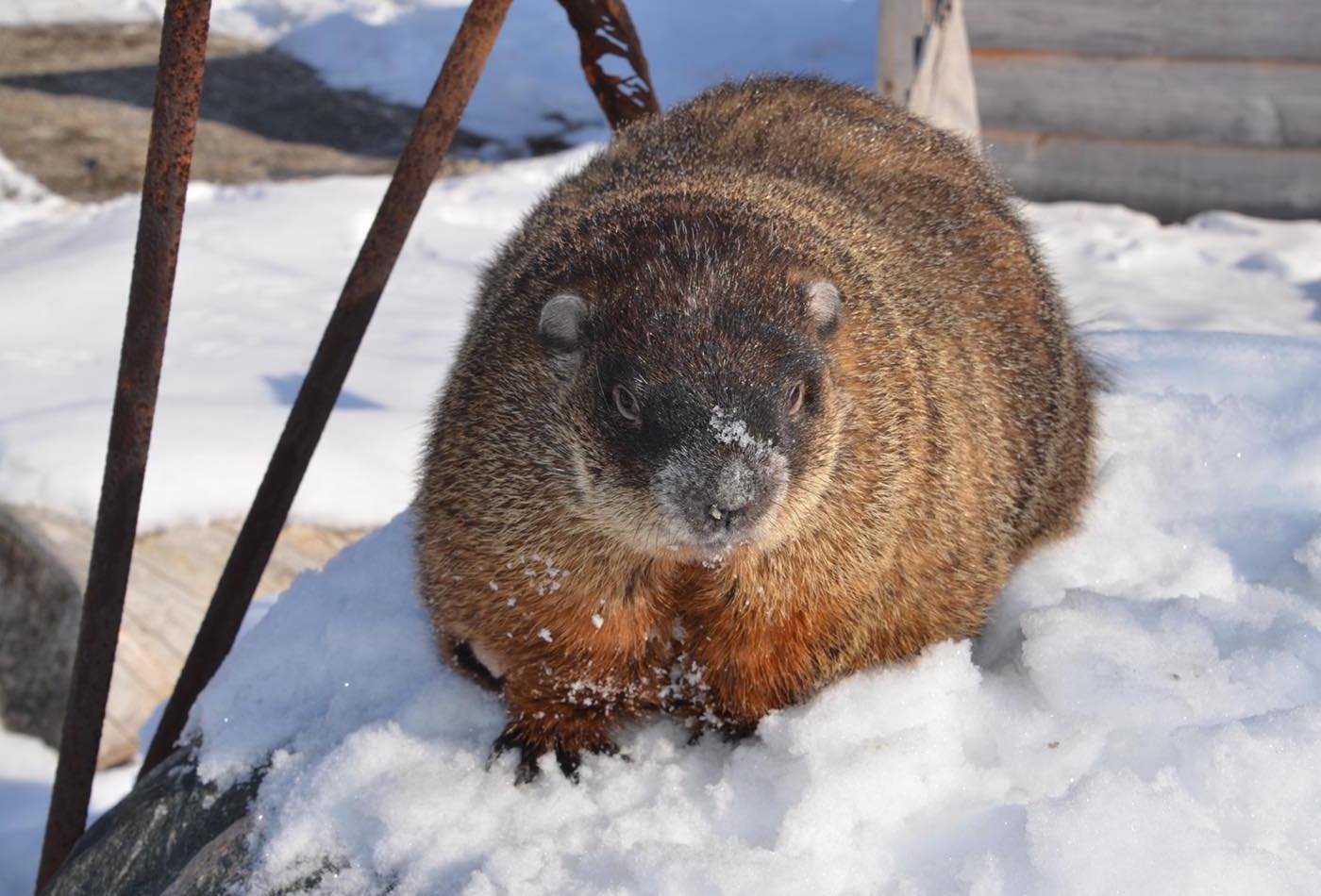February 2nd is known as Groundhog Day, and while several of the famed prognosticators have “said” there will be six more weeks of winter, not all agreed, so it is a bit of a toss up.
Shubenacadie Sam (Nova Scotia), Fred La Marmotte Jr. (Quebec), Van Island Violet (British Columbia), Okanagan Okie (British Columbia) and Punxsatawny Phil (Pennsylvania) all suggested that there will be six more weeks of winter.

However, Wiarton Willie (Ontario), Oil Spring’s Heaven’s Wildlife Harvey (Ontario), Manitoba Merv (Manitoba), Balzac Billy (Alberta) and Two River Tunnel (Cape Breton, NS) have all indicated that there will be an early spring.

For those who are counting, that’s a 5-5 tie from the prognosticating rodents.
No word if there were any predictions from Ohio’s Buckeye Chuck, Winnipeg Willow, Gary the Groundhog, Dundas Donna or the mythical Brandon Bob for 2025.
In honouring the wonderful woodchucks, perhaps it is best to leave it to Lucy the Lobster (Nova Scotia) to break the tie: and the lobster called for six more weeks of winter.
The Groundhog Day legend says that the emergence of the groundhog from his burrow will foretell the weather for the next six weeks, leading up to the arrival of Spring.
If the groundhog sees its shadow, there will be six more weeks of winter and it will go back into its burrow to hide. If the groundhog does not see its shadow, spring will arrive early, and the groundhog will remain outside.
Is it true? Good question. Certainly, the accuracy of the predictions has been varied over the years.

But where did this all start?
The beginning of February falls roughly halfway between the winter solstice and the spring equinox and has historically been a significant time of the year in many cultures.
During the Middle Ages some believed that the badger or bear would awaken from hibernation and the oncoming weather was also predicted by the presence or absence of the animal’s shadow. The legend was carried from Europe to North America.

The first Groundhog Day in North America in believed to have been in 1887 and is attributed to German settlers in Punxsutawney, Pennsylvania.
In Canada, the tradition started in 1956 with our famous Wiarton Willie from Wiarton, Ontario and is celebrated annually at the Wiarton Willie Festival.
But Canada almost went another direction. Early seasonal-change-wishers in Canada favoured the bear’s forecasting powers over that of the groundhog and viewed the groundhog as an American upstart.
The fight between the bear and groundhog for prognostication prowess in Canada began (at least in popular and no-so-popular media). Spoiler alert – the groundhog won (with apologies to Lucy the Lobster!).



Comments are closed.